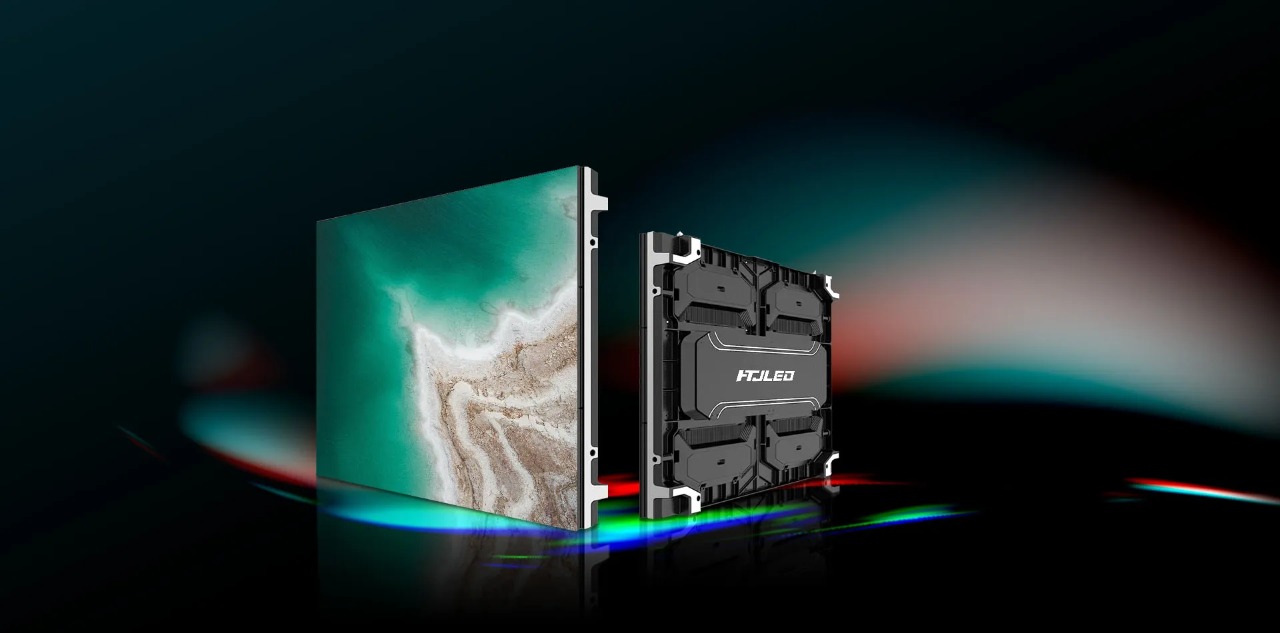
When it comes to purchasing LED displays, many customers don’t know how to buy cost-effective LED displays. So what factors should be considered when purchasing an LED screen from supplier?
9 factors to consider when purchasing LED displays
The aspect ratio of LED display
- Graphic and text screen: determined according to the displayed content;
- Video screen: generally 4:3 or close to 4:3; the ideal ratio is 16:9.
Size design of the LED screen
- The need to display content
- Site space conditions
- Display unit template size (indoor screen) or pixel size (outdoor screen)
The number of points that the control system can control
- Communication screen A card: single color, double color 1024×64
- Communication screen B card: single color: 896×512 double color: 896×256
- DVI dual color screen: 1280×768
- DVI full-color screen: 1024×512
The differences between indoor module and LED cabinet
The flatness of the LED module assembly is not as good as that of the cabinet, but the price is cheaper. LED cabinet has better flatness splicing and easier installation, but the price is relatively high
The production cycle of outdoor LED displays is relatively long
- Raw material procurement: The procurement cycle of LED lamps is long, especially imported tube cores, and the ordering cycle takes 4-6 weeks;
- The production process is complex: it requires PCB design, cover production, glue filling, white balance adjustment, etc.;
- Strict structural requirements: Generally, it is designed as a cabinet, and windproof, rainproof, lightning protection, etc. need to be considered.
On-site considerations
- The relationship between effective sight distance and actual site size;
- Pixel size and resolution;
- Area estimation based on unit;
- Screen mechanical installation and maintenance operation space;
- The effect of screen inclination on distance.
The brightness requirements
General brightness requirements are as follows:
- Indoor: >800CD/M2
- Semi-indoor: >2000CD/M2
- Outdoor (sit south and face north): >4000CD/M2
- Outdoor (facing north and south): >8000CD/M2
How to calculate the brightness of LED lights under the clear requirements of brightness and dot density?
The calculation method is as follows: (Take two red, one green, and one blue as an example)
- Red LED light brightness: brightness (CD)/M2÷points/M2×0.3÷2
- Green LED light brightness: brightness (CD)/M2÷points/M2×0.6
- Blue LED light brightness: brightness (CD)/M2÷points/M2×0.1
For example: density of 2500 points per square meter, 2R1G1B, brightness requirement per square meter is 5000CD/M2, then:
- The brightness of the red LED light is: 5000÷2500×0.3÷2=0.3
- The brightness of the green LED light is: 5000÷2500×0.6=1.2
- The brightness of the blue LED light is: 5000÷2500×0.1=0.2
- The brightness of each pixel is: 0.3×2+1.2+0.2=2.0CD
The design and installation issues
- The between the LED screen and the building must be strictly waterproof and leak-proof; the LED screen must have good drainage measures so that it can be drained smoothly once water accumulates;
- Install lightning protection devices on LED screens and buildings. The main body and shell of the screen should be well grounded, and the grounding resistance should be less than 3 ohms, so that large currents caused by lightning can be discharged promptly;
- Install ventilation equipment to cool down the LED screen so that the internal temperature of the screen is between -10°C and 40°C. An axial flow fan is installed above and behind the LED screen to discharge heat;
- Use industrial-grade integrated circuit chips with operating temperatures between -40°C and 80°C to prevent the LED display from being unable to start due to low temperatures in winter;
- To ensure long-distance visibility under strong ambient light, ultra-high brightness light-emitting diodes must be used;
- The LED display uses a new type of wide-viewing tube, which has a wide viewing angle, pure colors, consistent coordination, and a lifespan of more than 100,000 hours.
Power consumption requirements
The power consumption of LED displays is divided into average power consumption and maximum power consumption. Average power consumption, also known as working power, is the actual power consumption in normal times. The maximum power consumption is the power consumption during extreme conditions such as startup or full brightness.
The maximum power consumption is a factor that must be considered for AC power supply (wire diameter, switch, etc.). The average power consumption is generally 1/3 of the maximum power consumption. The display screen is a large precision electronic device. For safe use and reliable operation, its AC220V power input terminal or the AC220V power input terminal of the computer connected to it must be grounded.
Conclusion:
The above are 9 factors that need to be carefully considered when purchasing an LED display. Of course, if you do not know much about this professional knowledge, you can directly contact top LED display manufacturers such as Doitvision. Their professional team is here to help you.

